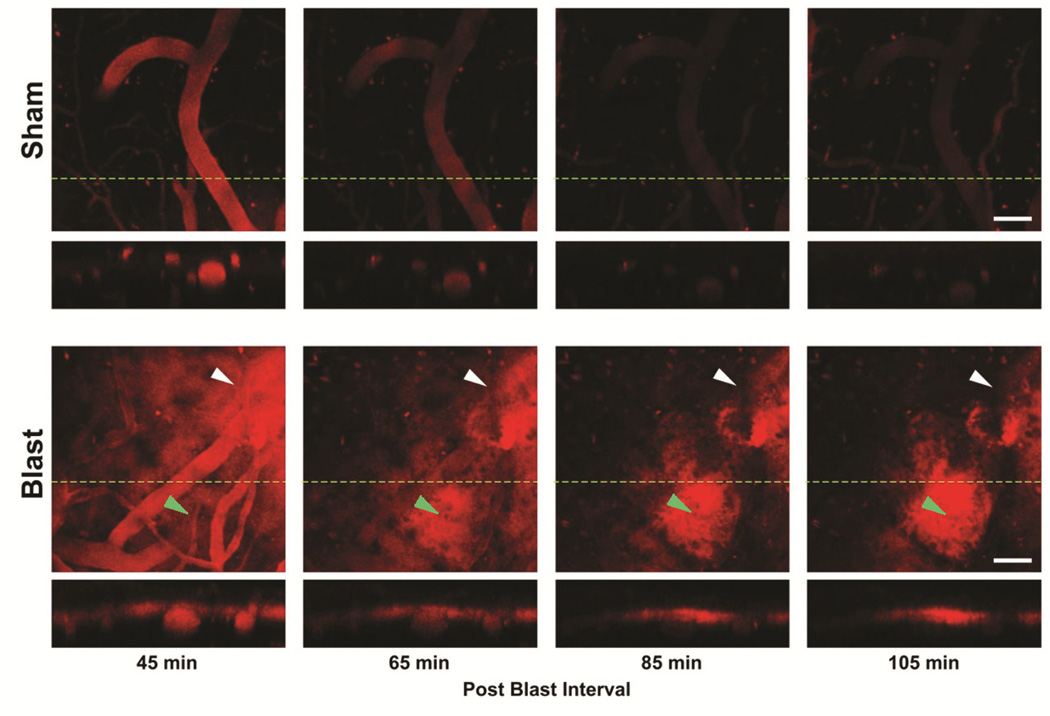Figure 1. Mild blast exposure causes dynamic microdomains of blood-brain barrier disruption.
Real-time two-photon intravital imaging revealed that peripherally injected intravascular Quantum dots655 were restricted to the microvessels of sham-treated control mice. The perpendicular slice (indicated by a dashed green line) through the cortex is shown in the lower panels to further confirm that the QDots655 remained inside both pial vessels and microvessels deeper in the cortical parenchyma. Imaging was begun 45 minutes after a single mild BOP, a microdomain of vascular disruption can be seen where QDots655 escaped the endothelium into the surrounding parenchyma and accumulated in the subpial Virchow-Robin space (white arrowhead). A second microdomain developed 105 minutes after blast exposure (green arrowhead). The image represents the largest field of view common to all frames with slight formatting adjustments. Scale bars: 50 μm.

